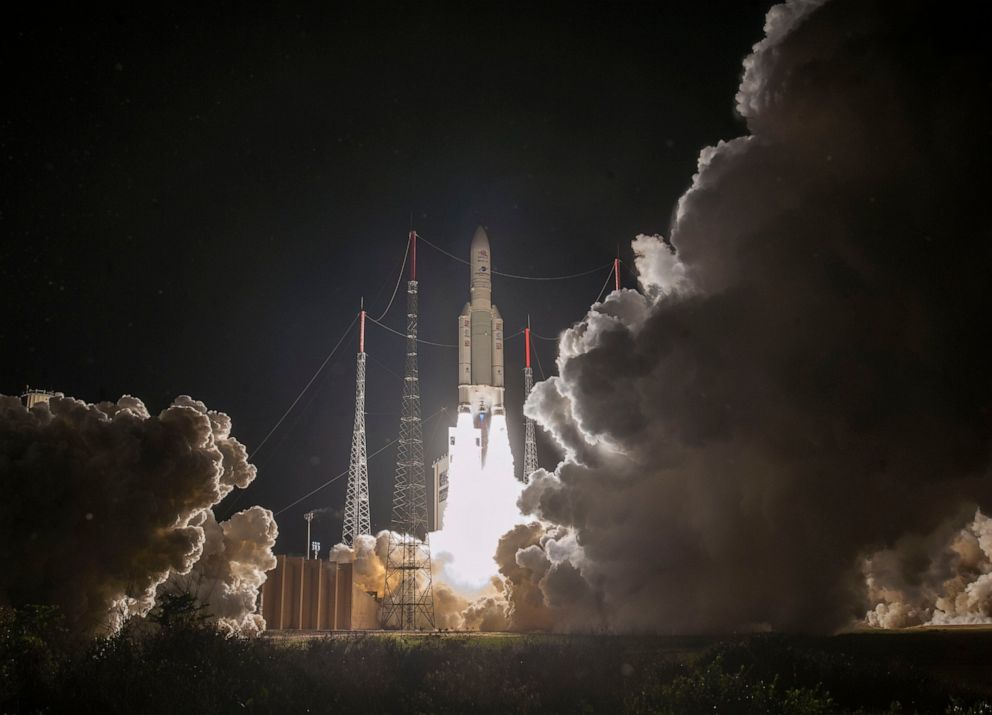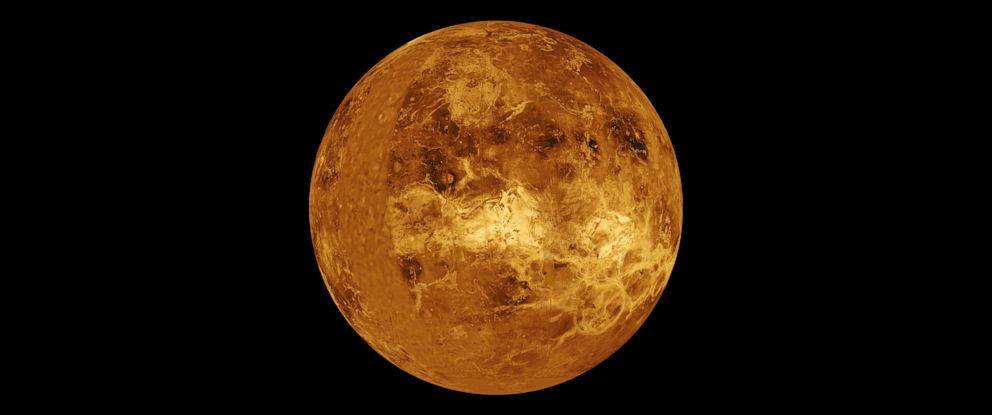Excitement mounts for planned Venus flyby after new discovery hints at signs of life
A spacecraft was en route to Venus when phosphine happened to be spotted.
The astronomy community lit up earlier this week with news that hinted at possible signs of life on Venus. Among the most excited about the discovery were researchers at the European Space Agency and the Japanese Space Agency, who just happened to already have spacecraft en route to Earth's planetary neighbor.
A team of researchers using telescopes in Hawaii and Chile announced Monday in the journal Nature Astronomy that they spotted what appeared to be phosphine on Venus. Phosphine is a noxious gas that on Earth is only associated with living organisms.
While there were many caveats in linking the discovery directly to proof of life on Venus, it still set both the scientific community and the public abuzz with new wonder.
Missions to space can be costly and time consuming, but in a complete coincidence, the ESA and JAXA happened to already be planning a flyby of Venus next month as part of the BepiColombo mission to Mercury that launched in 2018.

"We are all very excited," Johannes Benkhoff, a scientist for the BepiColombo mission, told ABC News.
"It was not expected and we would've never thought about looking for life on Venus using our instruments, because we are going to Mercury," he added. "But nevertheless, when we heard about it, we were all excited and we immediately looked if we can do something."
Benkhoff expressed some doubts that all of their equipment that was planned for exploring Mercury will end up being sensitive enough to do research into signs of life on Venus during the flyby, but said they are looking into any ways they can assist.
"We had a meeting of our Venus working group and phosphine was one of the topics," he said. "We also had one of the team members who discovered this phosphine joining our meeting."
The international space agencies actually have two planned flybys of Venus on their calendars, one slated for next month and one in August 2021.

The purpose of these flybys for the BepiColombo mission is to de-accelerate the spacecraft so that it can stay on track to reach Mercury by 2025, according to Benkhoff.
"But of course, if we can do a little bit of science, we do that also," he added.
Benkhoff said that the BepiColombo mission is in partnership with Japan, but they also have collaborators from the U.S. and Russia, and marveled at how exploring other planets has a way of bringing people on Earth closer together.
"That's what I like about space," he said. "It's a very international community and you come together with different cultures."